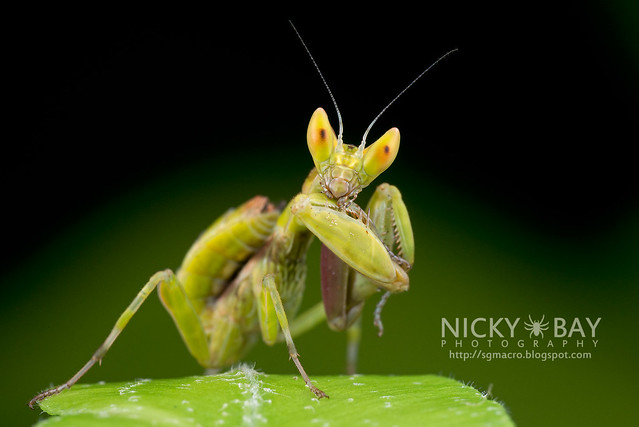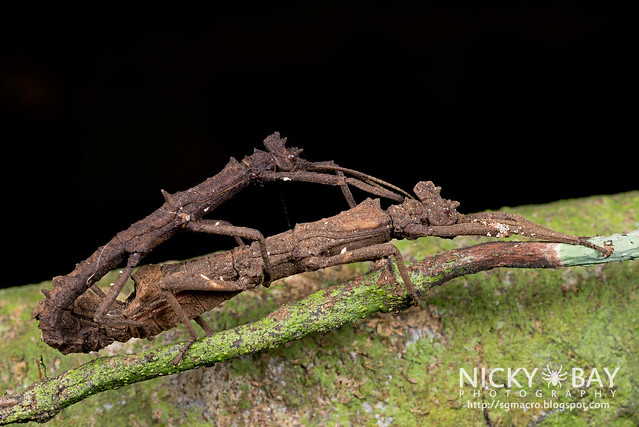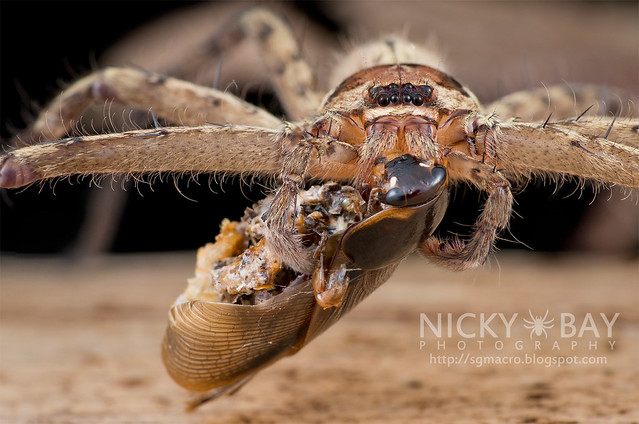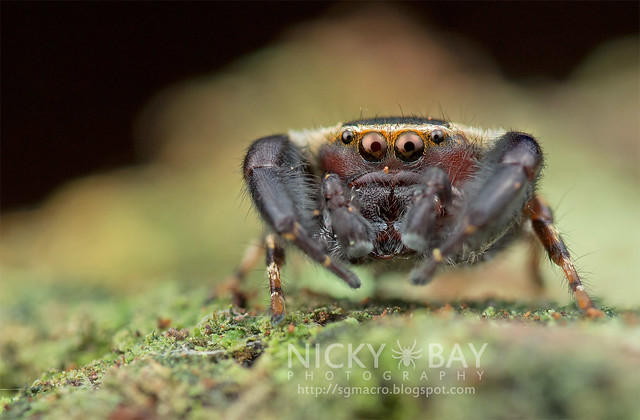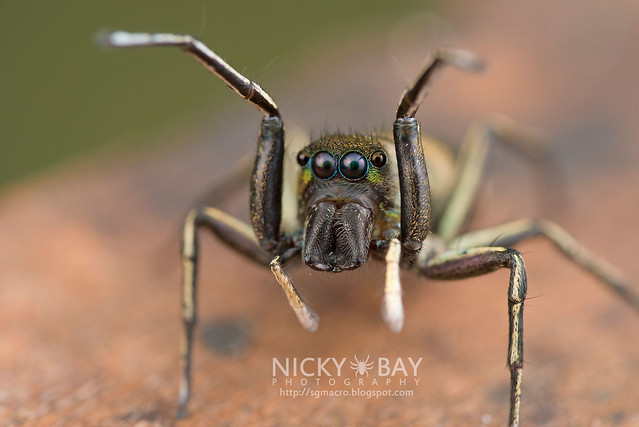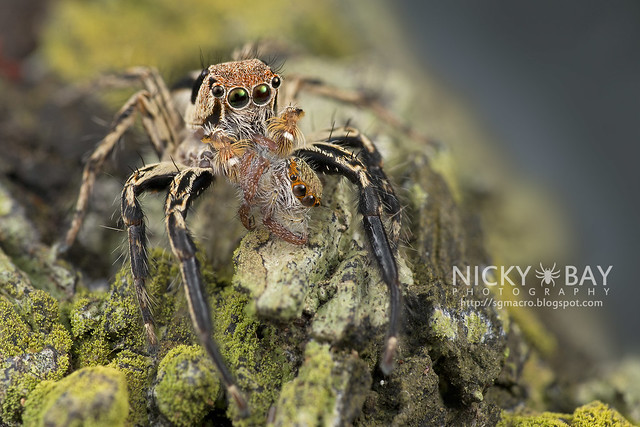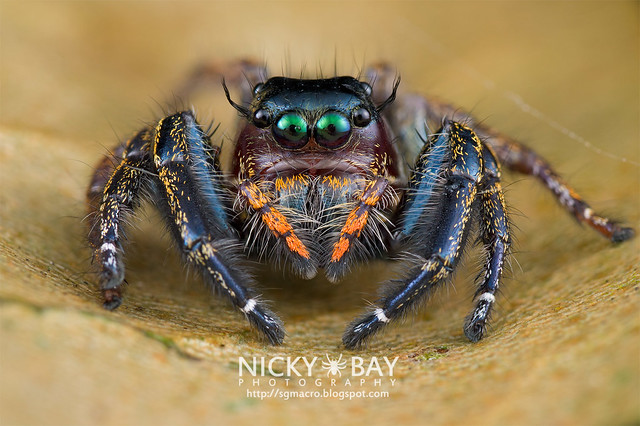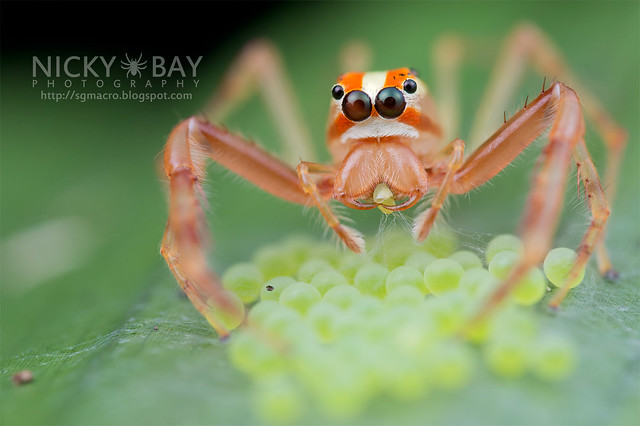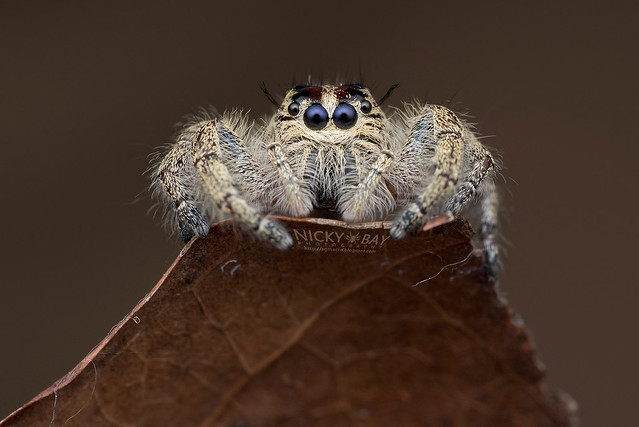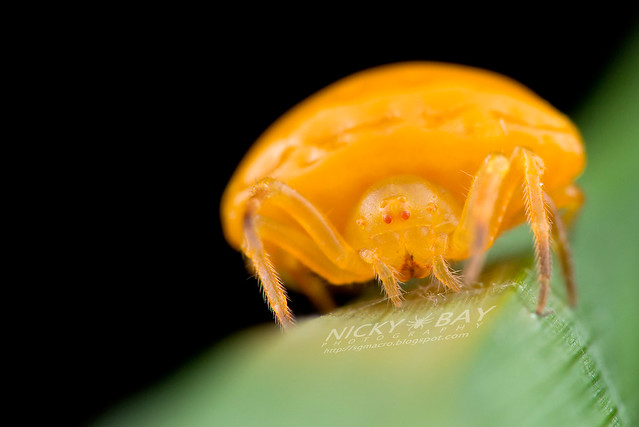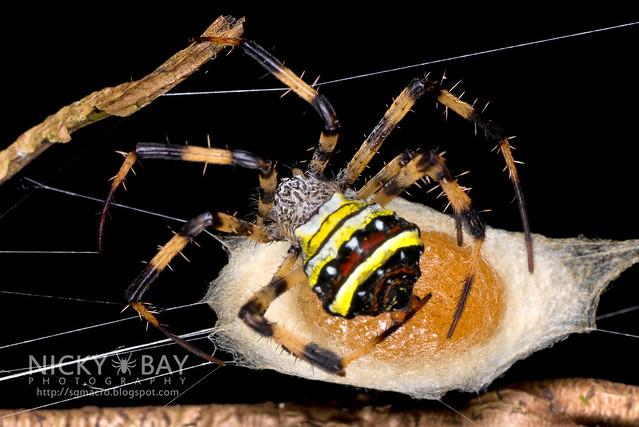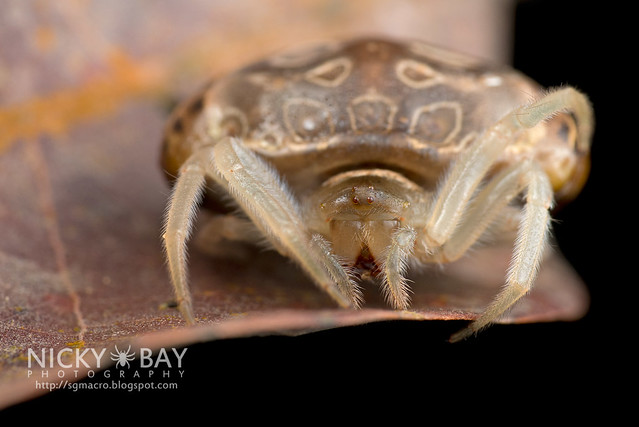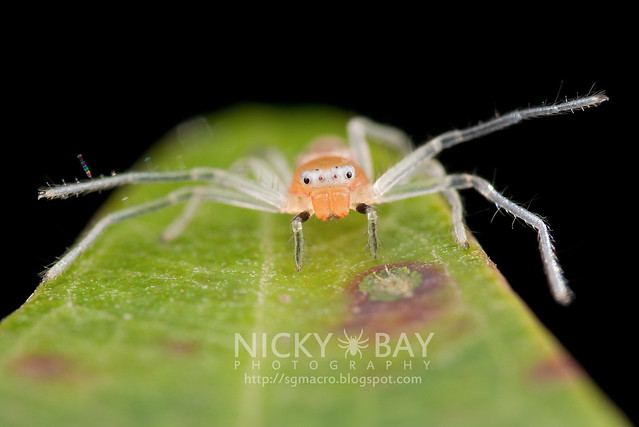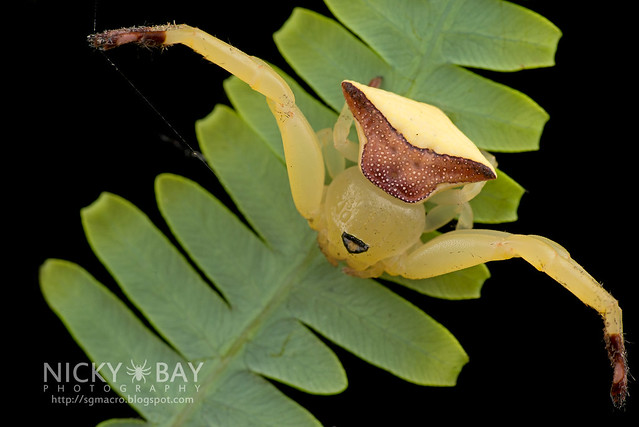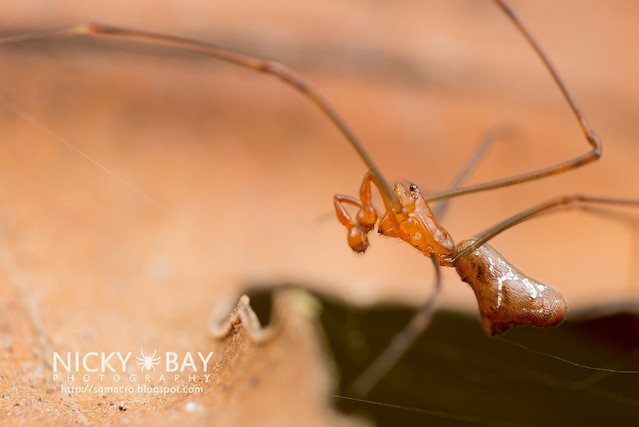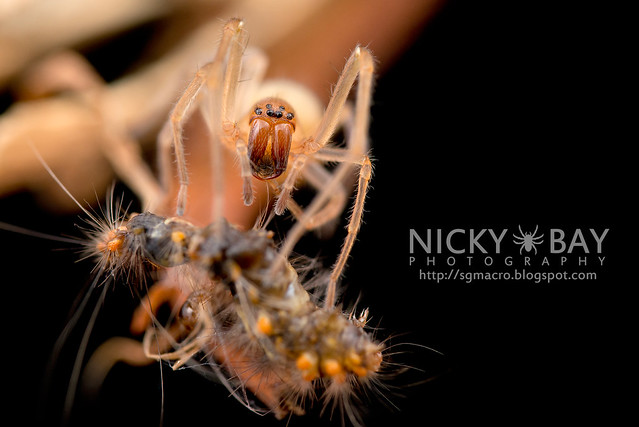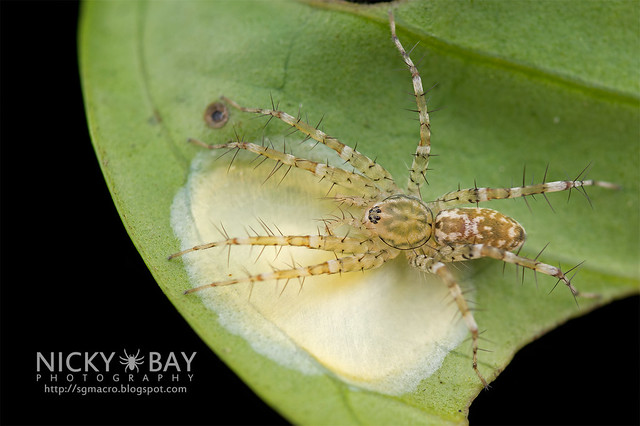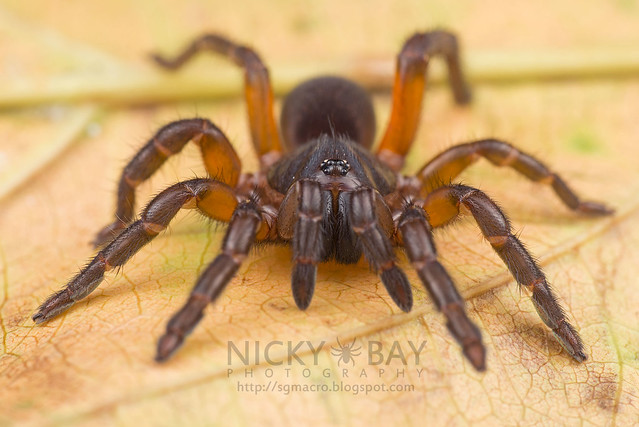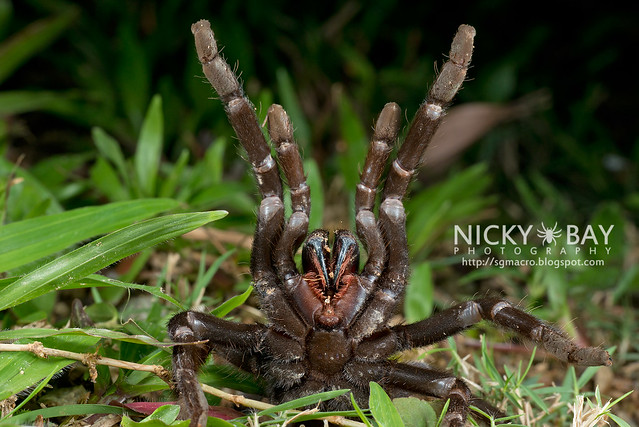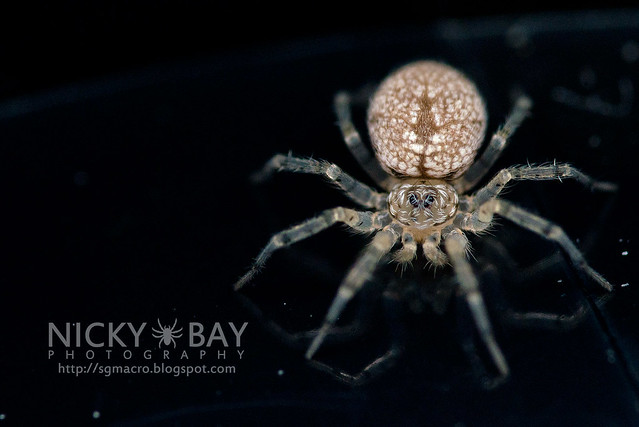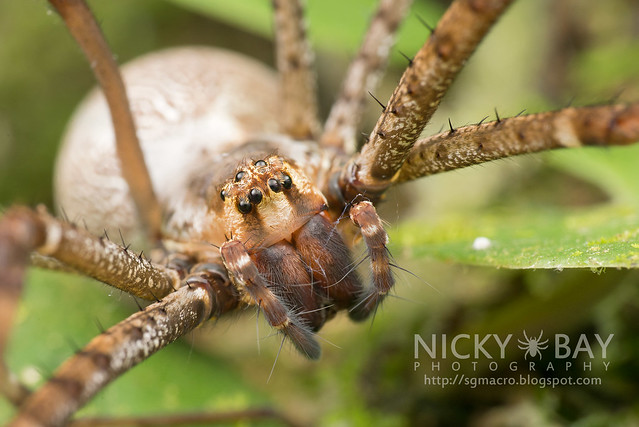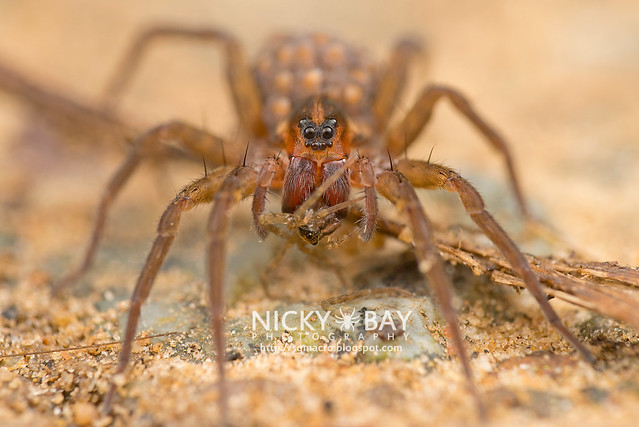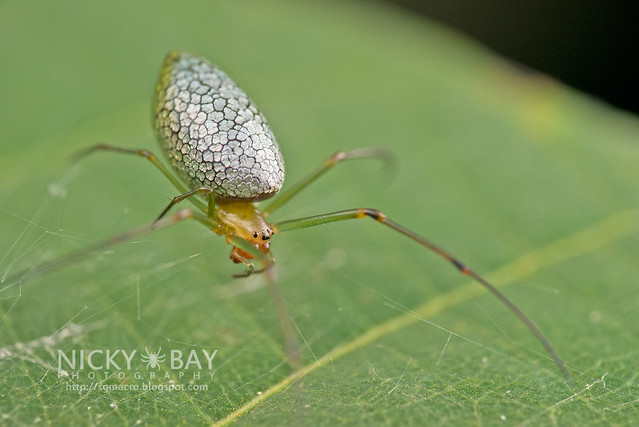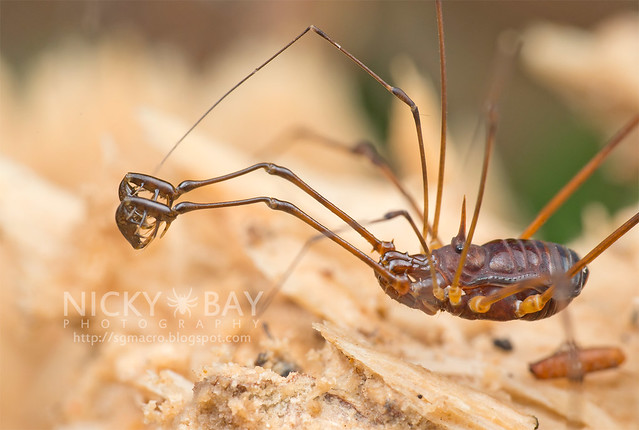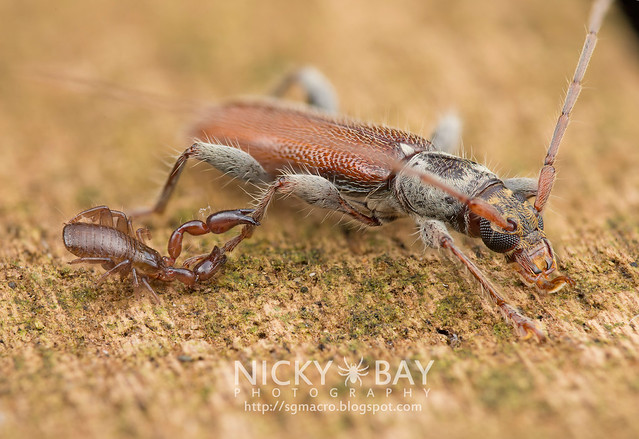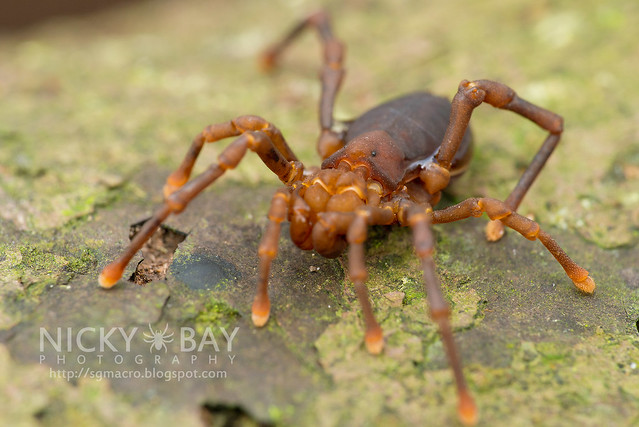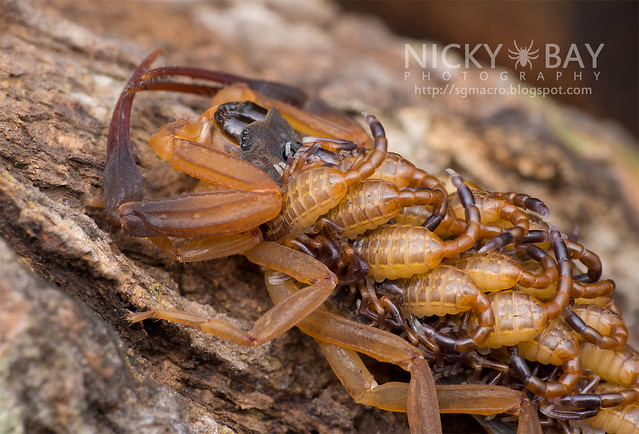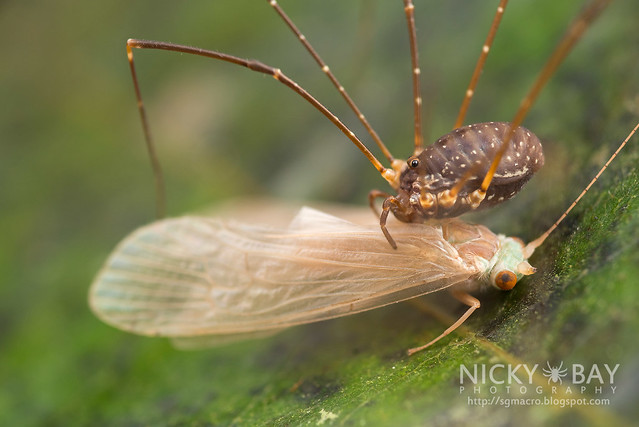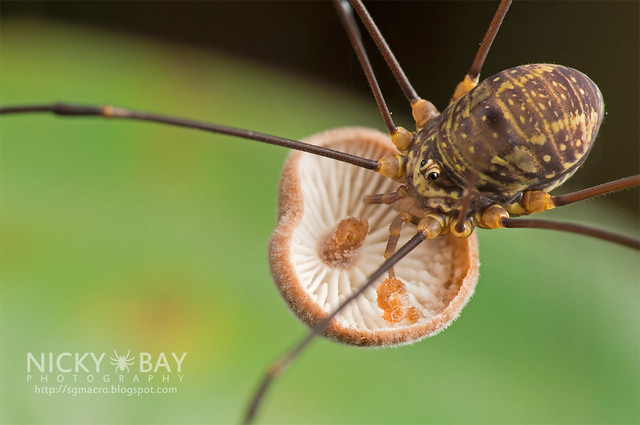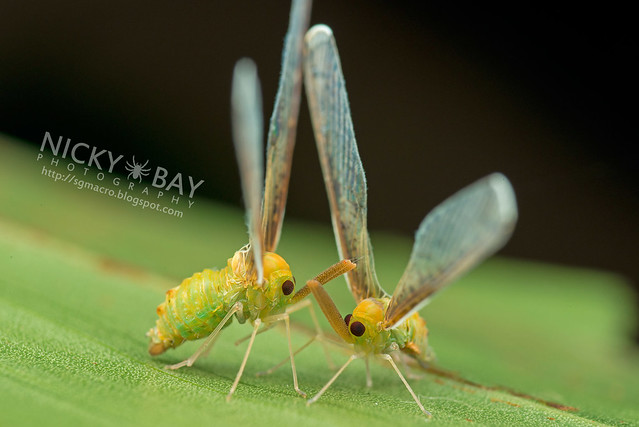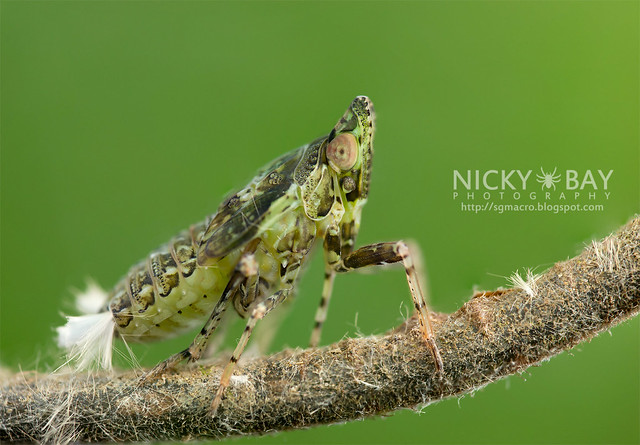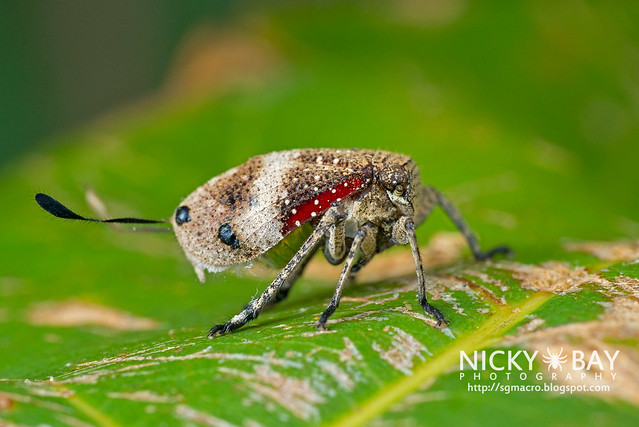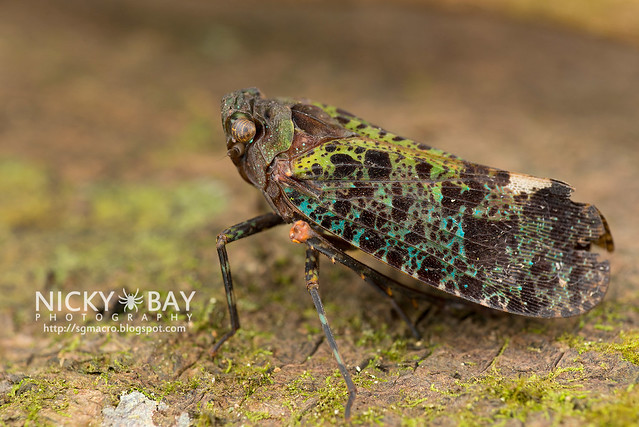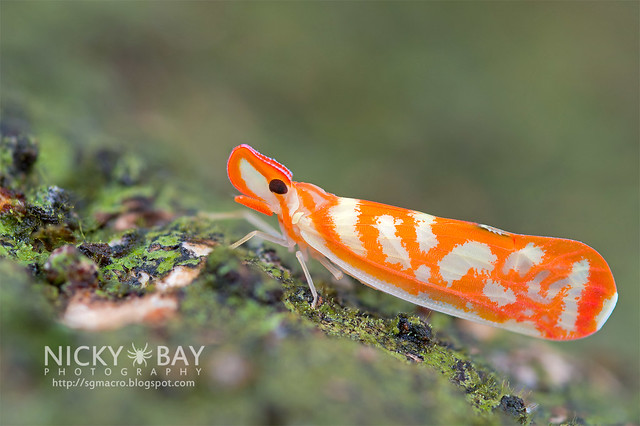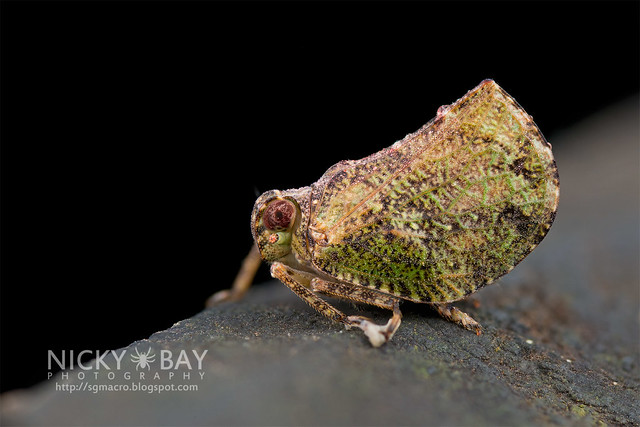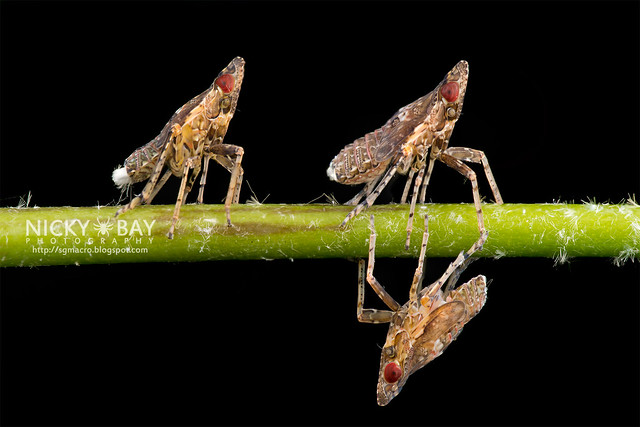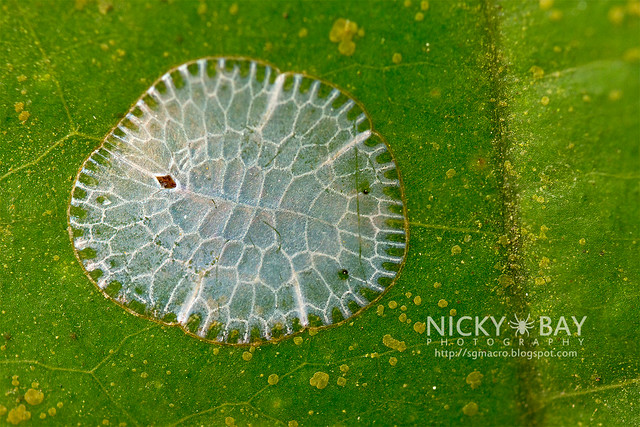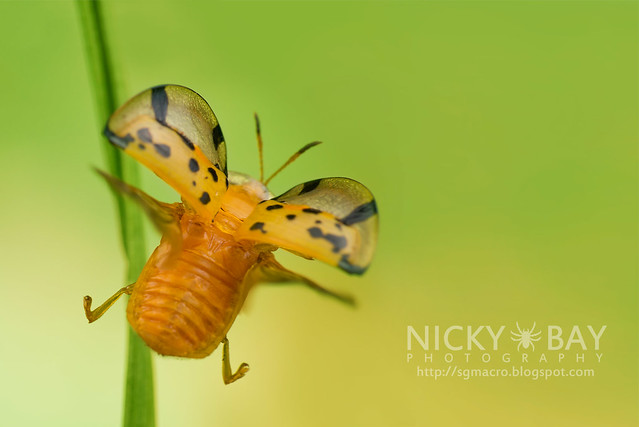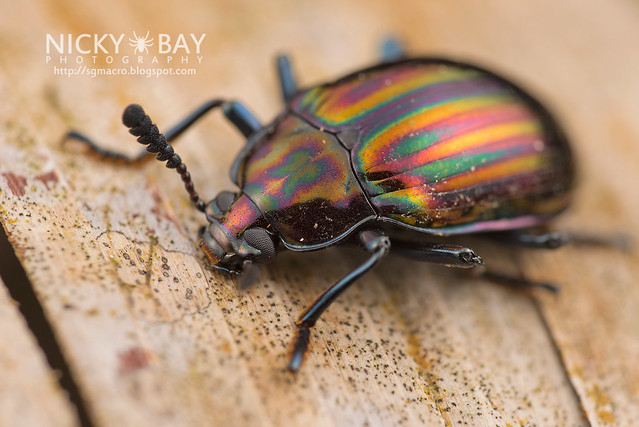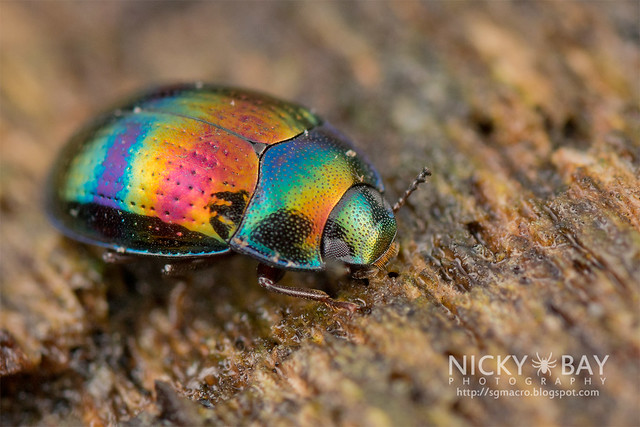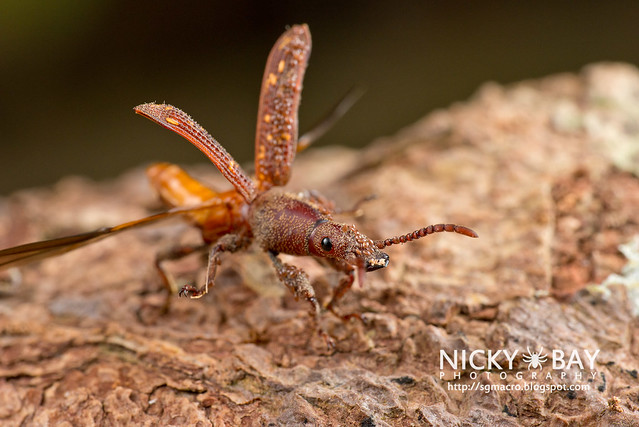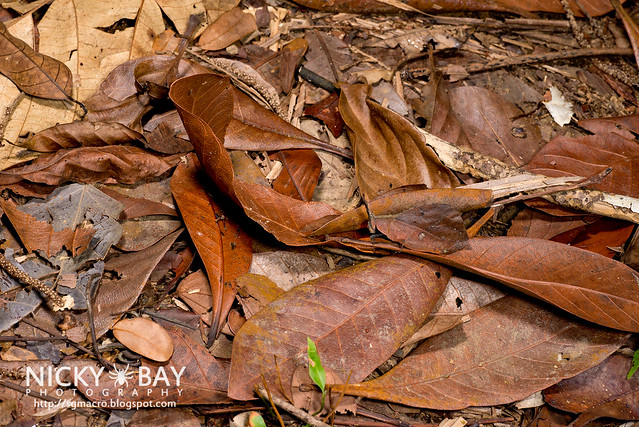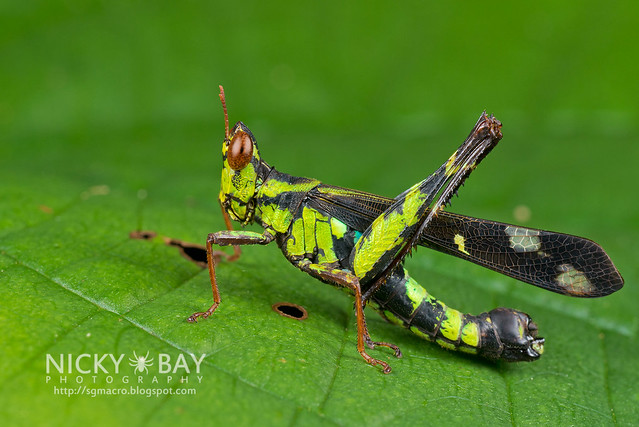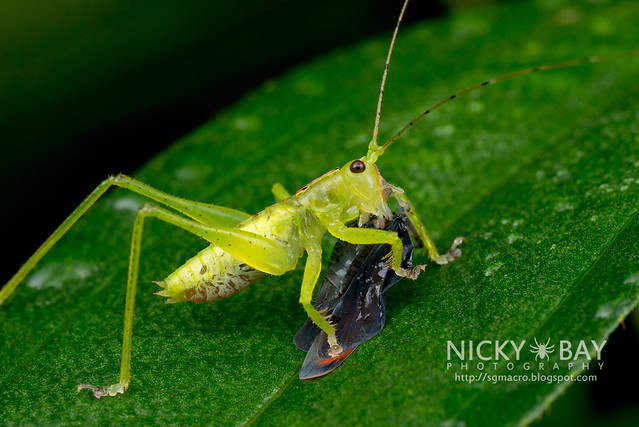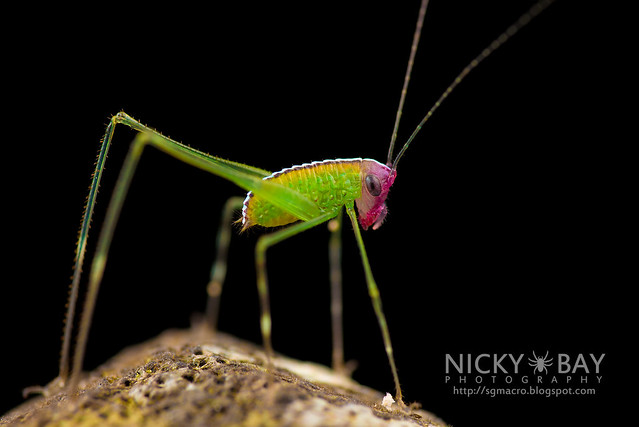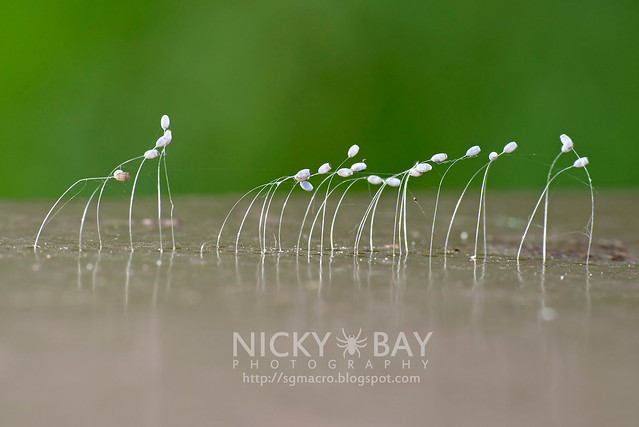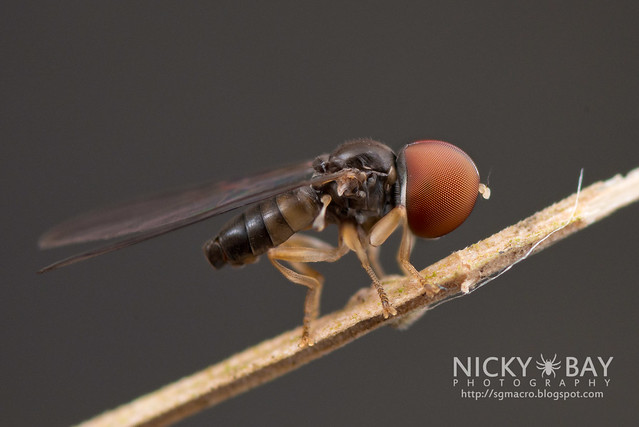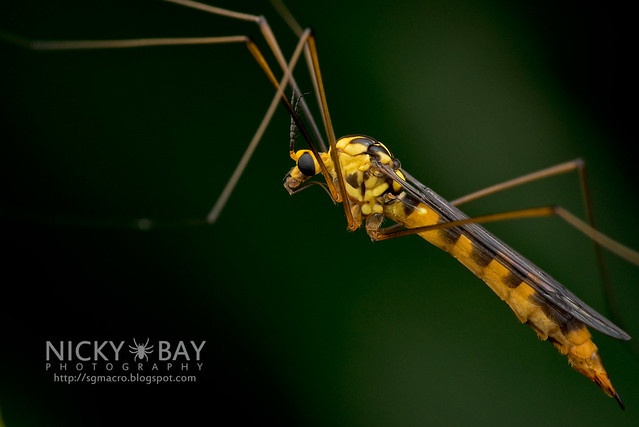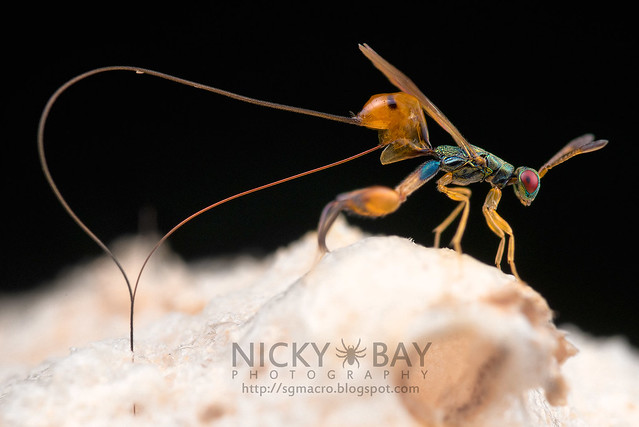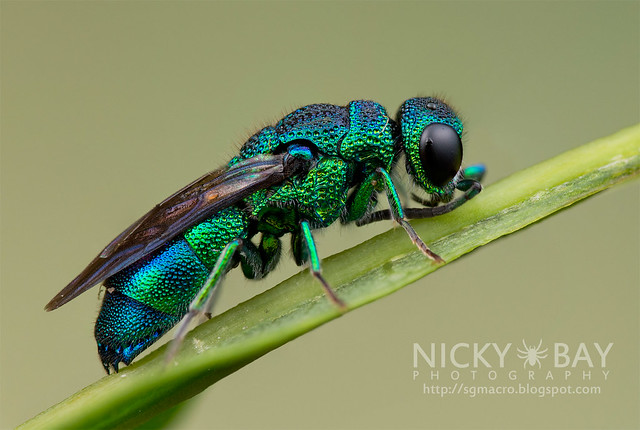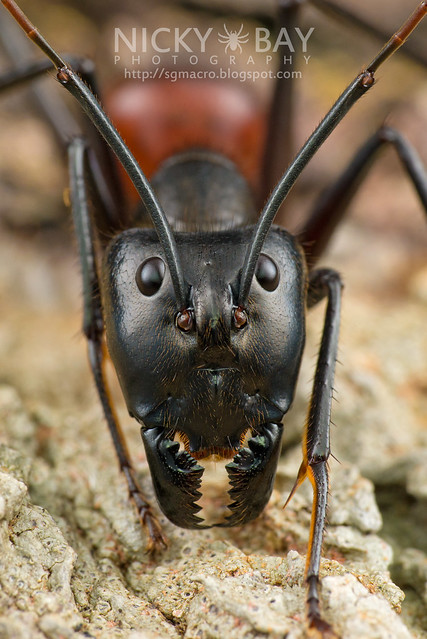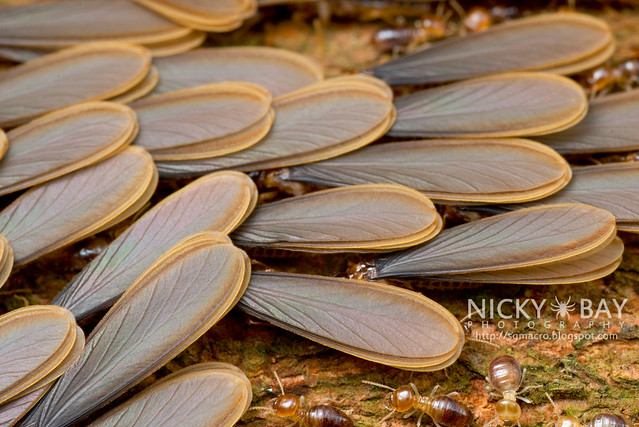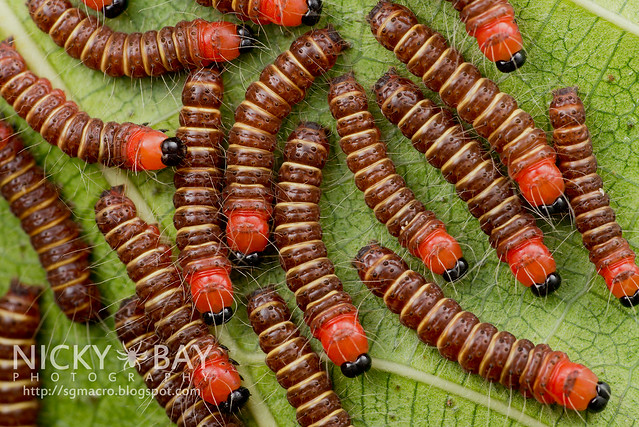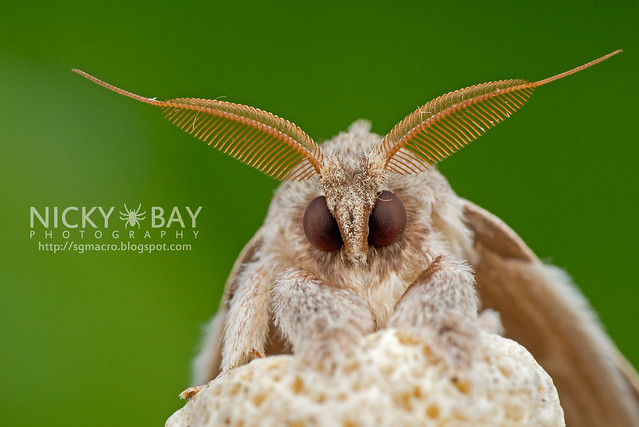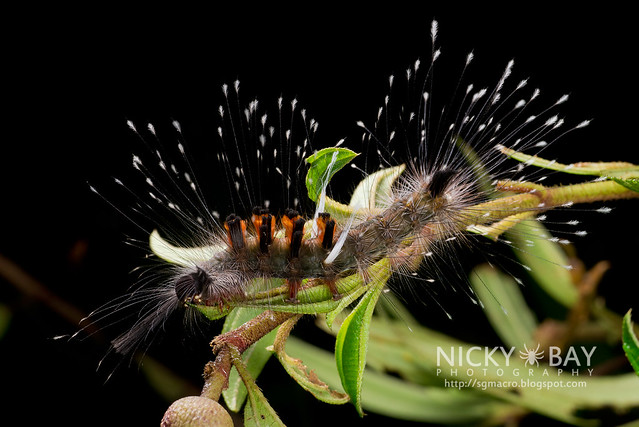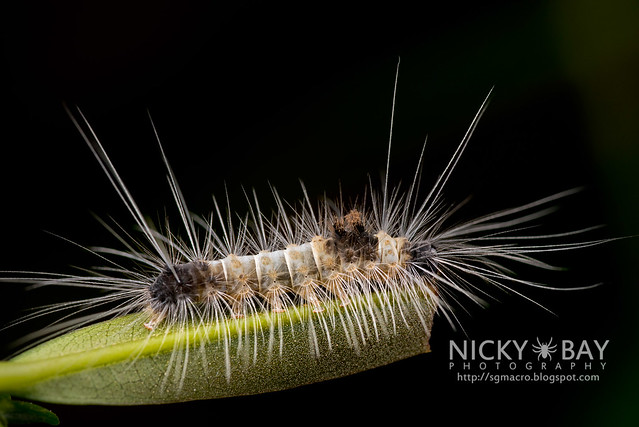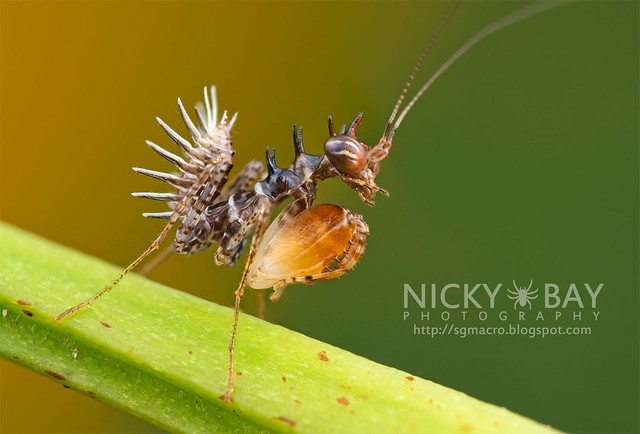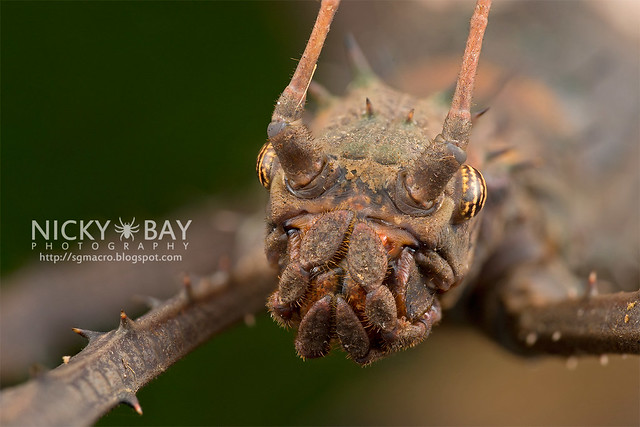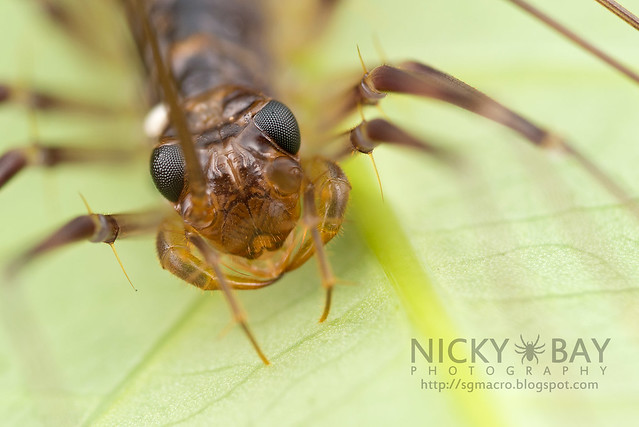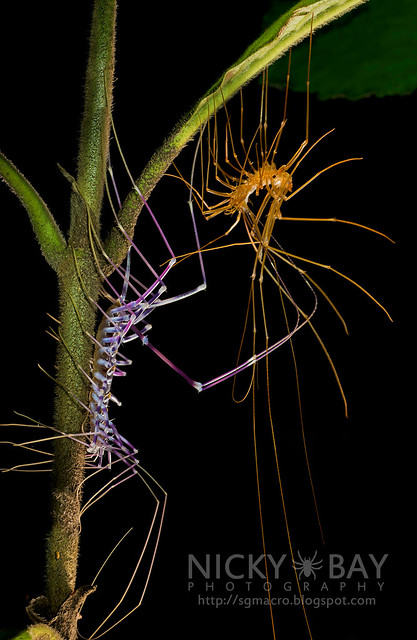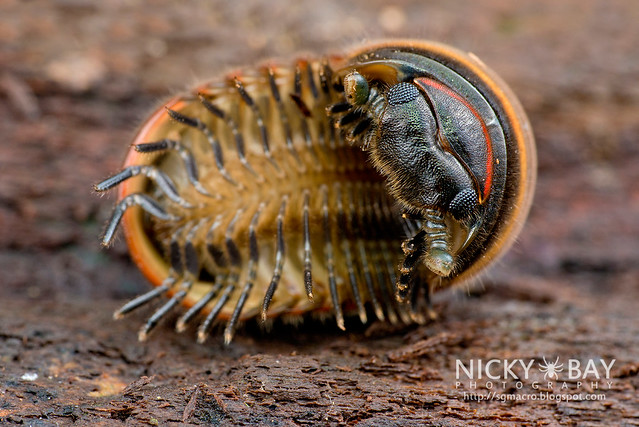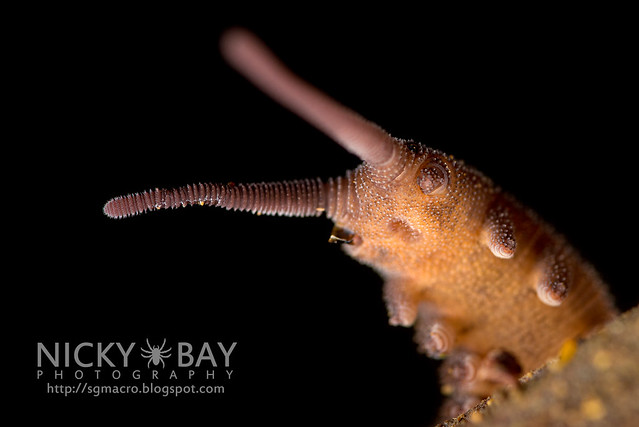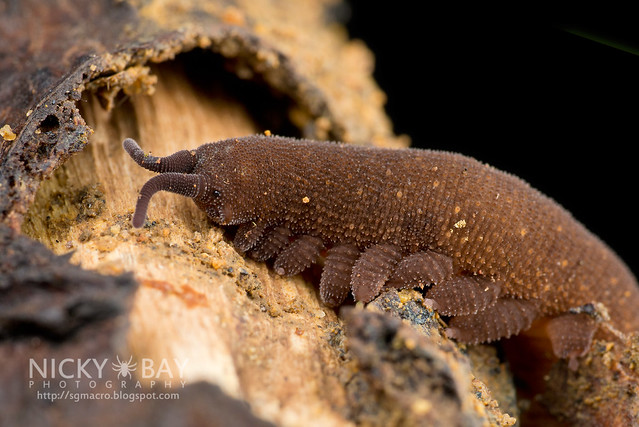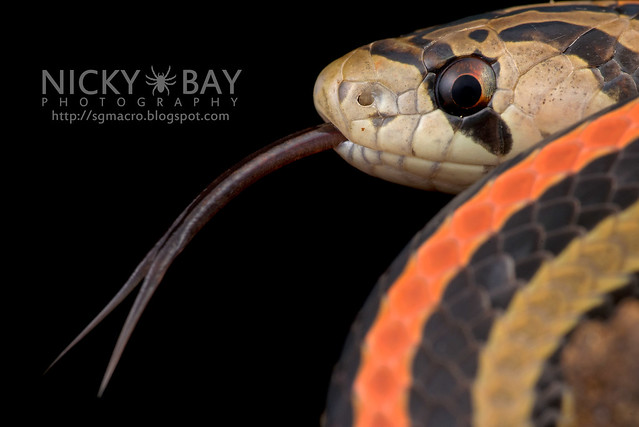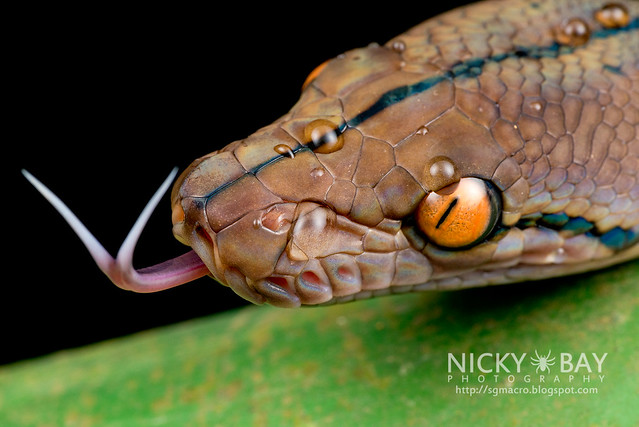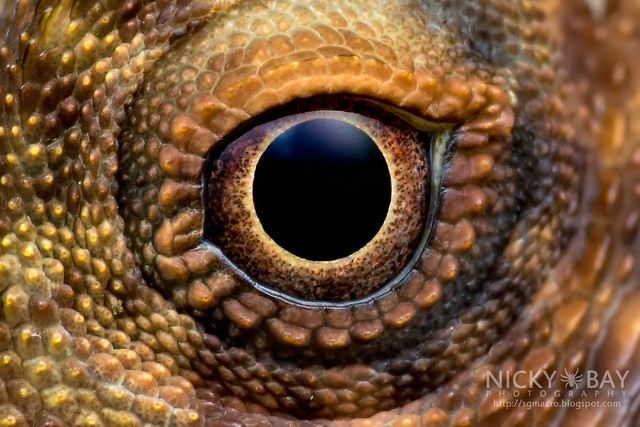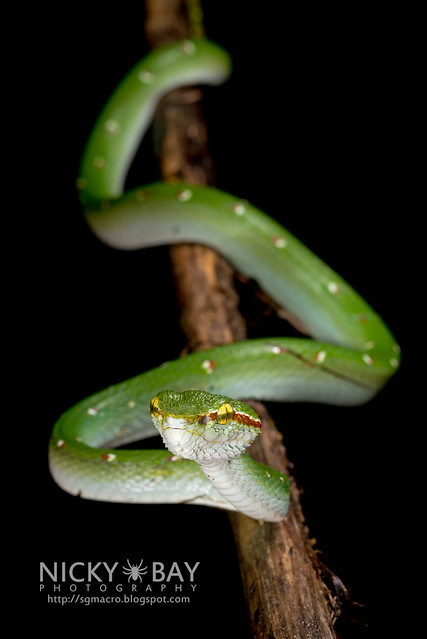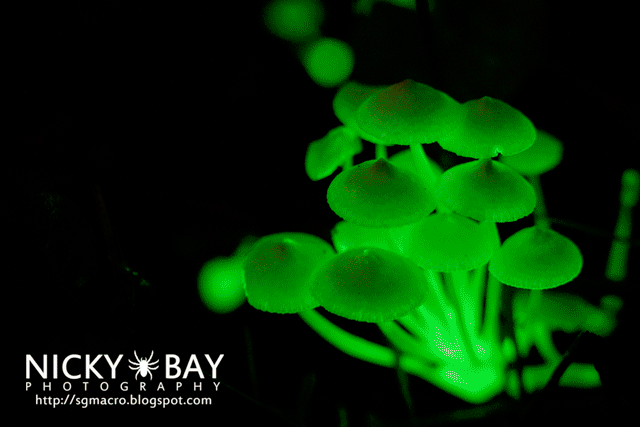I have recently been invited to try out the
Eureka EDC-51 dry cabinet, in conjunction with the Singapore launch of the Eureka series of dry cabinets on 1 Oct 2013. Eureka is a popular dry cabinet brand from Taiwan touted to be superior in strength, durability, humidity and moisture control, and power consumption cost-effectiveness. Most dry cabinet brands would claim the same superiority over their competitors, so let's see if how different these dry cabinets can be! Before that, here's a primer on dry cabinets.
Importance of Dry Cabinets
Before delving into the technicalities, it is important to understand WHY dry cabinets are essential for your camera equipment, especially in tropical countries like Singapore where the relative humidity (RH) can hit 90% in the mornings. For most optical photographic equipment, the ideal RH is between 40 to 50%. Why is this important and how does high humidity damage your camera/optical equipment?
Mold and fungus growth on lenses
When exposed to moisture or high humidity, fungus can grow on your lenses and are almost impossible to clean. The fungus obviously degrades the optical image quality and the value of the lens plummets instantly. Lenses with fungus are rarely successfully sold in the second hand market. Shutdown of electronic circuits
Electronic circuits do not fare well in humid conditions and over time, they may malfunction and shut down. Cracking of rubber or plastics
Some dry cabinets may be difficult to control and keeps humidity overly low. This may lead to drying up of oil components and cracking of rubber or plastic parts on your equipment.
What Makes a Good Dry Cabinet?
Many consumers think that dry cabinets do a simple task of removing moisture, and that every brand is more or less the same. That is not entirely true, as there had been horror stories of dry cabinets malfunctioning and eventually leading to the damage of equipment worth thousands of dollars. Before buying your dry cabinet, please do your homework.
Consistent removal of moisture
Some dry cabinets may not be consistent with removing moisture, and when you thought the humidity is under control, they could be fluctuating or even malfunctioning. To be honest, few would bother looking at the hygrometer regularly so we would rather leave it to trust that the dry cabinet actually works as it should all the time. Accurate and consistent hygrometer
The most important aspect of a hygrometer, is that it must be accurate. Some prefer a digital display as it would be more "accurate". But in practical sense, knowing the relative humidity down to the 0.1% is of no help. All we need to know is that the RH is in the healthy range. A malfunctioning hygrometer may spell disaster if it displays the wrong reading so make sure it is of good quality. Some people with really expensive equipment may choose to put 2 different hygrometers, just in case. Retention of relative humidity level in absence of power
This is a feature that is often neglected - ability to retain the low humidity level in the dry cabinet in the event of loss of power. Imagine going on holiday for 2 weeks and coming back to find that your power had tripped, exposing your equipment to whatever levels of moisture allowed into the dry cabinet. Long lifespan
Some poorly designed dry cabinets use desiccant for moisture removal and those have very limited lifespans. Low power consumption
The cost difference is probably minimal, but the money-conscious should look at how much power the dry cabinet consumes as it will be left on 24/7. Is the nice looking display important?
Some modern dry cabinets feature touch screens and interesting displays. The settings on your dry cabinet are probably only going to be adjusted in the initial phase and never touched, ever again. Those are really not essential and only adds to your cost. Would you rather pay more for the bells and whistles or for reliability? Sturdy trays at adjustable heights
Every dry cabinet that I have ever seen provide trays. But some are obviously flimsy. Go for those that feel sturdy and can slide out smoothly. Some trays come with a felt material to prevent scratches on your equipment. Size
It must obviously be able to fit your equipment (with space for new additions) and fit well somewhere in your house. Remember to check the dimensions before ordering. Warranty
Most dry cabinet brands in Singapore offer 5-year limited warranty. Do not settle for less. Another interesting thing to find out, is how long it would take to fix or replace your set should you return the cabinet for servicing. The local distributor should have some basic means to fix your set, or it would take months to send it back to whatever country it came from and back.
Eureka EDC-51 Dry Cabinet
Eureka dry cabinets are claimed to have better humidity control over other brands. What exactly does that mean? I will summarize the differences between the dehumidification technology between what Eureka uses, and compare it with the other popular type - the T.E. (Thermal Electric) Cooling Chip.
![eureka_dehumidifier]() | ![te_cooling_chip]() |
Multi-porous Molecular Sieves trap moisture by means of van der Waals forces using multiple capillary channels.
Shape Memory Alloy controls valves to expel moisture from cabinet and prevent moisture from coming back in. | When power is supplied, one side of the TE Cooling Chip becomes warm, and the other side becomes cool. Moisture condenses on the cool side, while the warm side expels the vapor. |
| Outer valves shut, preventing moisture from entering box; inner valves remain open to expel moisture. At the same time, the Multi-porous Molecular Sieves can still trap moisture in the cabinet via capillary action. | Dehumidification stops. Collected frost on the cool side melts and goes back into the cabinet. Valves may remain open to allow moisture to enter. |
| Independent from external temperature | At lower temperatures (e.g. winter), condensation rate is lower and may reduce the rate of dehumidification. |
| Fully automatic and silent | Fan can be noisy, transformer may be easy to break down |
Dimensions & Power Rating
![edc51]()
The Eureka EDC-51 Dry Cabinet has a capacity of 51-litres, measures 40cm x 44cm x 43.7cm and is rated at 4W. Noted that most other dry cabinets in this capacity range seem to be rated at 5W instead.
Relative Humidity Control
![rh_control]()
The RH control is a simple knob inside the cabinet. Adjust the knob higher or lower accordingly to your requirements (suggest to target 45% for photographic equipment) and monitor the hygrometer's reading until it is stable.
Handle and Key
![handle_key]()
Most dry cabinets come with a handle and key for practical reasons. A handle reduces fingerprints on the glass door and a key prevents toddlers from taking your expensive equipment out as play things.
Hygrometer AH-01
![hygrometer]()
The hygrometer is analog. Many people prefer a digital display because it is more "accurate" or "precise". It really doesn't matter - you don't need to know the RH to such precision. This hygrometer is made in Germany and works independently from the dehumidifier. RH reading was already at around 56% before I switched the power on.
Equipment arrangement
![lens_arrangement]()
![lens_arrangement2]()
The 51-litre cabinet comes with a single solid tray - it sits well sturdily at configurable heights. The only downside is the lack of a pull-out tray for easier access to the lenses and lack of any soft material to prevent accidental scratches if you hit your lens on the tray. In this picture, I placed 3 long lenses (200mm, 80-200mm, 70-300mm) in the top compartment, and was able to put 10 small to medium sized lenses with 2 of them mounted on separate camera bodies in the bottom compartment with some space to spare.
Dehumidifying speed
![hygrometer2]()
The RH reading on the cabinet went down to about 40% within 3 hours. Good enough for me!
Warranty
Almost all dry cabinets in Singapore come with a limited
5-year warranty. Eureka dry cabinets in Singapore are distributed by Uni-Stat Technology and come with the expected 5-year warranty. If your Eureka dry cabinet has problems with dehumidification, contact Uni-Stat at
6749 1812 or via their
online form. If your dry cabinet needs to be serviced or replaced, you will have to send it to
18 Tannery Lane #05-01 Lian Tong Building Singapore 347780 and they would typically take up to 7-10 days to resolve it for you, depending on the complexity and workload involved.
Ordering online
You may order any Eureka dry cabinet via
http://www.drycabinets.com.sg/consumer/products.html. Note that there will be a 10SGD charge for local deliveries should you require it.
From now til
31 October 2013, you may use the special discount code
sgmacro09 when ordering to get a
10% discount. This is just an incentive for readers of my blog - I am not getting any commission nor payment in any form out of this. If you found this article useful or have any comments regarding this, please post below - I will be happy to hear from you.






















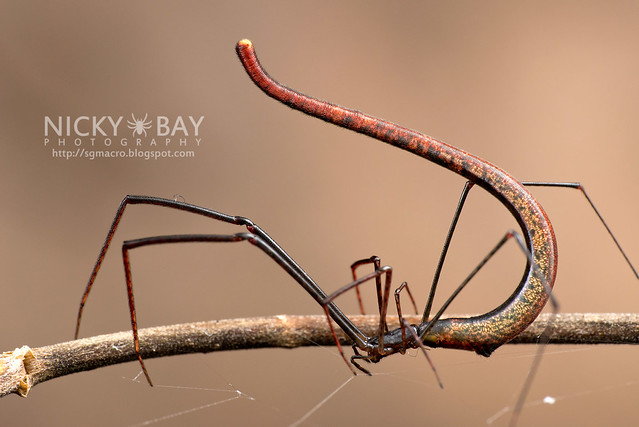









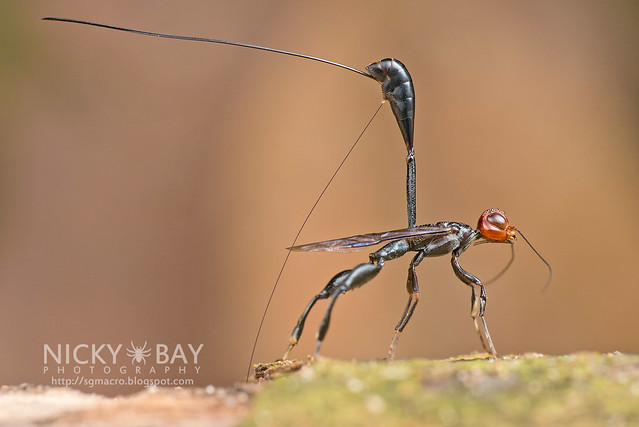
































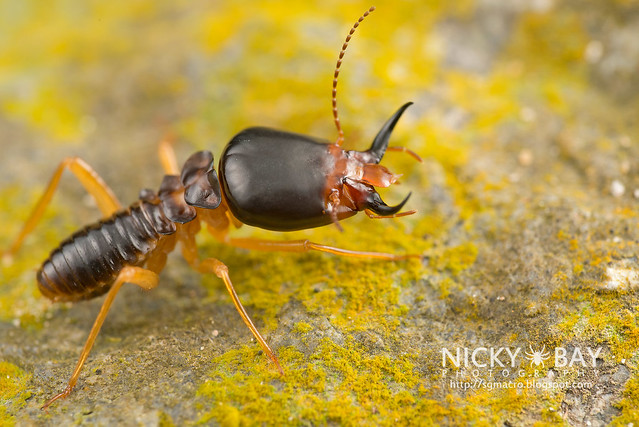




















































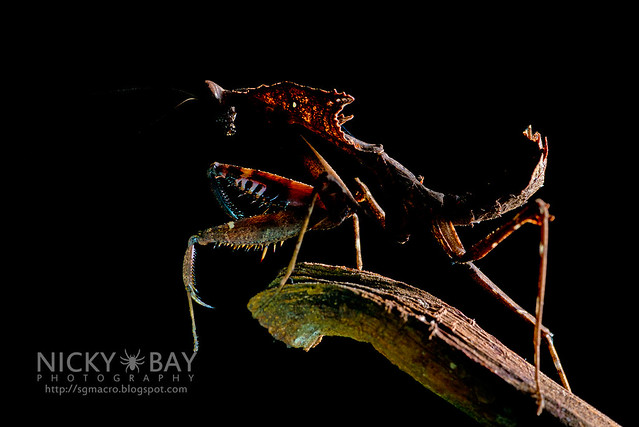












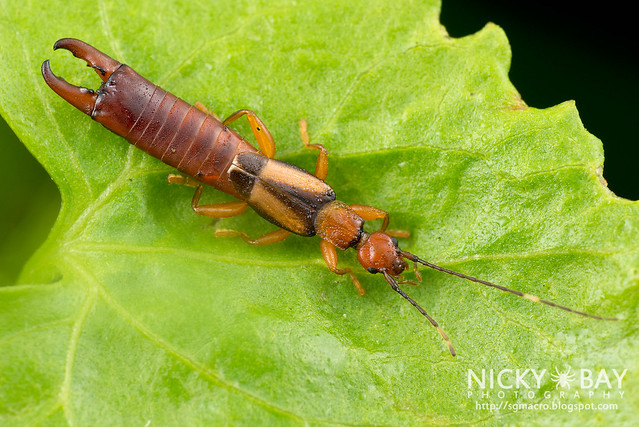













































 The Eureka EDC-51 Dry Cabinet has a capacity of 51-litres, measures 40cm x 44cm x 43.7cm and is rated at 4W. Noted that most other dry cabinets in this capacity range seem to be rated at 5W instead.
The Eureka EDC-51 Dry Cabinet has a capacity of 51-litres, measures 40cm x 44cm x 43.7cm and is rated at 4W. Noted that most other dry cabinets in this capacity range seem to be rated at 5W instead.  The RH control is a simple knob inside the cabinet. Adjust the knob higher or lower accordingly to your requirements (suggest to target 45% for photographic equipment) and monitor the hygrometer's reading until it is stable.
The RH control is a simple knob inside the cabinet. Adjust the knob higher or lower accordingly to your requirements (suggest to target 45% for photographic equipment) and monitor the hygrometer's reading until it is stable.  Most dry cabinets come with a handle and key for practical reasons. A handle reduces fingerprints on the glass door and a key prevents toddlers from taking your expensive equipment out as play things.
Most dry cabinets come with a handle and key for practical reasons. A handle reduces fingerprints on the glass door and a key prevents toddlers from taking your expensive equipment out as play things.  The hygrometer is analog. Many people prefer a digital display because it is more "accurate" or "precise". It really doesn't matter - you don't need to know the RH to such precision. This hygrometer is made in Germany and works independently from the dehumidifier. RH reading was already at around 56% before I switched the power on.
The hygrometer is analog. Many people prefer a digital display because it is more "accurate" or "precise". It really doesn't matter - you don't need to know the RH to such precision. This hygrometer is made in Germany and works independently from the dehumidifier. RH reading was already at around 56% before I switched the power on. 
 The 51-litre cabinet comes with a single solid tray - it sits well sturdily at configurable heights. The only downside is the lack of a pull-out tray for easier access to the lenses and lack of any soft material to prevent accidental scratches if you hit your lens on the tray. In this picture, I placed 3 long lenses (200mm, 80-200mm, 70-300mm) in the top compartment, and was able to put 10 small to medium sized lenses with 2 of them mounted on separate camera bodies in the bottom compartment with some space to spare.
The 51-litre cabinet comes with a single solid tray - it sits well sturdily at configurable heights. The only downside is the lack of a pull-out tray for easier access to the lenses and lack of any soft material to prevent accidental scratches if you hit your lens on the tray. In this picture, I placed 3 long lenses (200mm, 80-200mm, 70-300mm) in the top compartment, and was able to put 10 small to medium sized lenses with 2 of them mounted on separate camera bodies in the bottom compartment with some space to spare.  The RH reading on the cabinet went down to about 40% within 3 hours. Good enough for me!
The RH reading on the cabinet went down to about 40% within 3 hours. Good enough for me! 































